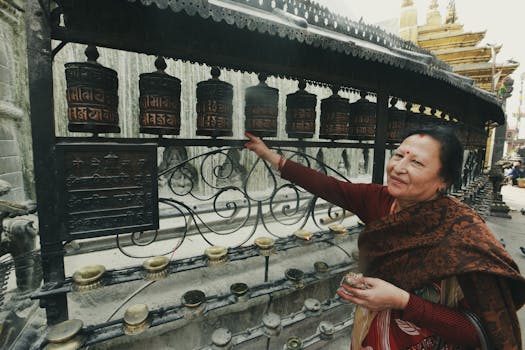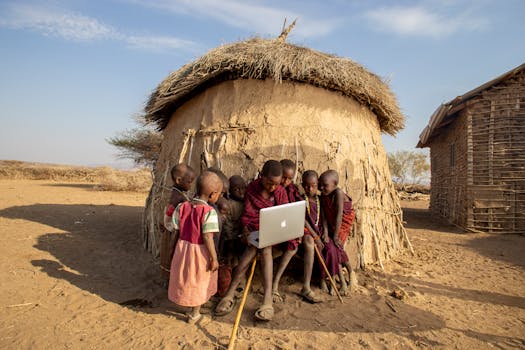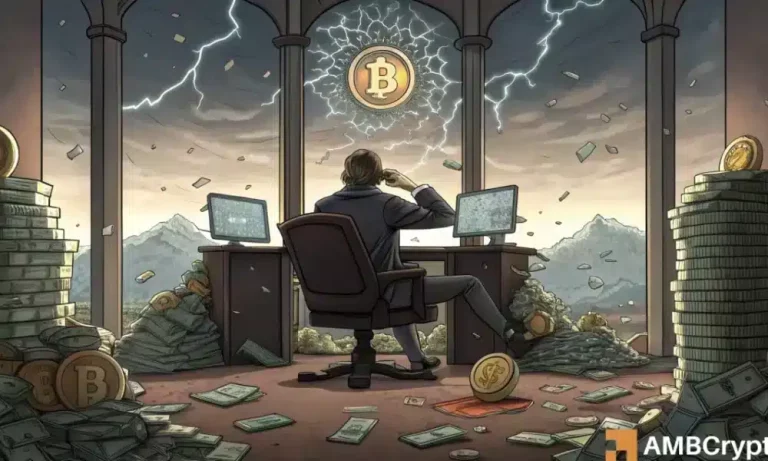
The Evolution of Cultural Practices in the Digital Age
Takeaways: The digital age has profoundly reshaped cultural practices, influencing how we communicate, celebrate traditions, and interact with one another. From social media to virtual experiences, technology has both connected and diversified our cultural expressions.
In the past few decades, the world has witnessed an unprecedented transformation in cultural practices driven by the digital revolution. The integration of technology into our daily lives has not only altered how we communicate and share information but has also significantly impacted our cultural expressions and traditions. This blog post delves into the evolution of cultural practices in the digital age, exploring the multifaceted influences of technology on our social interactions and cultural expressions.
The Impact of Technology on Communication
One of the most profound changes in cultural practices due to the digital age is the way we communicate. Traditional forms of communication, such as face-to-face interactions, have been complemented—and in some cases replaced—by digital communication tools. Social media platforms like Facebook, Instagram, Twitter, and TikTok have revolutionized the way we share our lives, ideas, and cultural expressions.
These platforms facilitate instant communication and enable users to connect with others across the globe. As a result, cultural practices are no longer confined to geographical boundaries. For instance, a traditional dance from one culture can be shared and appreciated by audiences worldwide, leading to a fusion of cultural practices. This globalization of culture has allowed for a richer and more diverse cultural landscape, where individuals can learn about, appreciate, and even adopt elements from various cultures.
However, this shift also raises questions about authenticity and cultural appropriation. While the sharing of cultural practices can promote understanding and appreciation, it can also lead to commodification and dilution of traditions. As digital platforms allow for the widespread dissemination of cultural content, it is crucial to approach cultural exchange with respect and awareness of the origins and significance of these practices.
The Role of Social Media in Cultural Expression

For example, cultural festivals that were once localized events can now reach a global audience through live streams and social media posts. This exposure not only fosters a sense of community among participants but also invites others to join in the celebration, regardless of their physical location.
Moreover, social media empowers marginalized voices and communities, providing them with a platform to share their narratives and cultural practices. This democratization of cultural expression allows for a more inclusive representation of diverse cultures. Through platforms like YouTube and TikTok, individuals can create content that reflects their cultural identities, challenging mainstream narratives and stereotypes.
Virtual Experiences and Cultural Practices

This shift towards virtual experiences has broadened access to cultural education and engagement, particularly for those who may not have the opportunity to travel or participate in physical events. It also raises interesting questions about the authenticity of virtual experiences versus real-world participation. While virtual offerings can provide valuable insights and exposure to different cultures, they may lack the sensory and communal aspects that come with in-person experiences.
Conclusion








